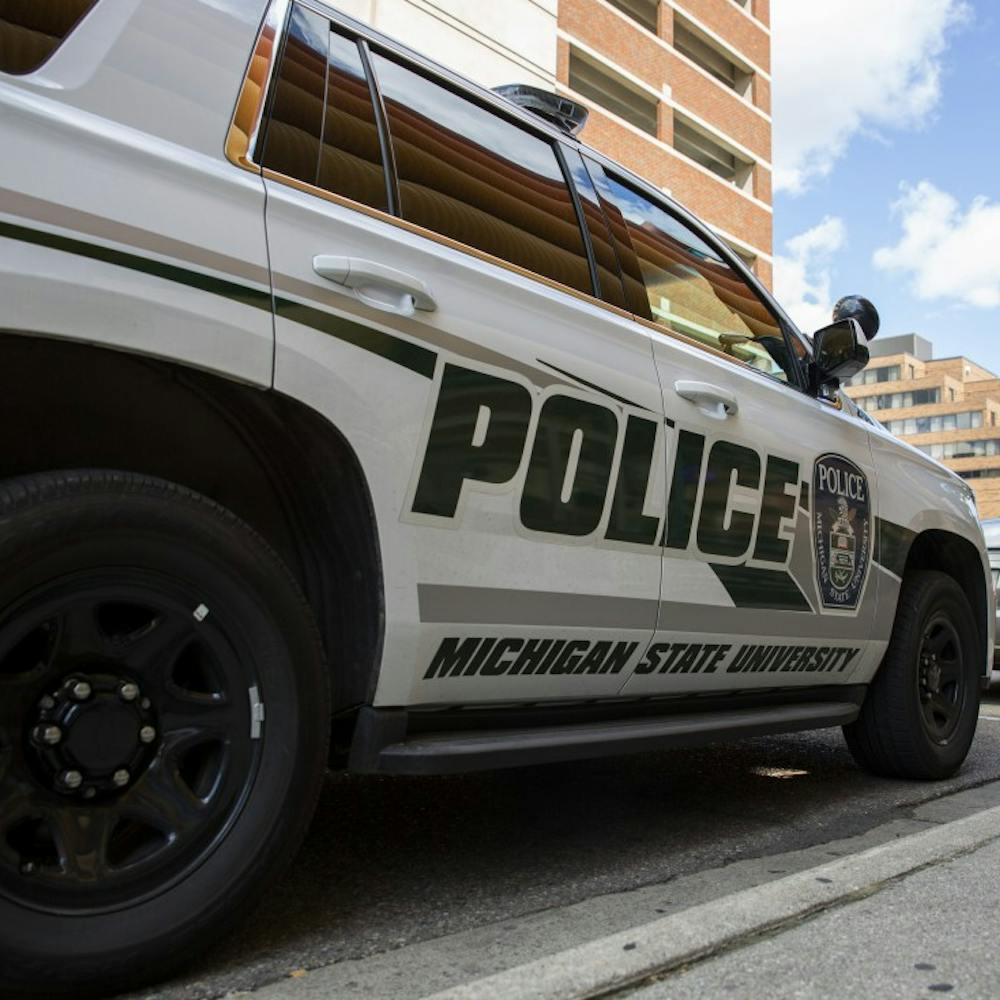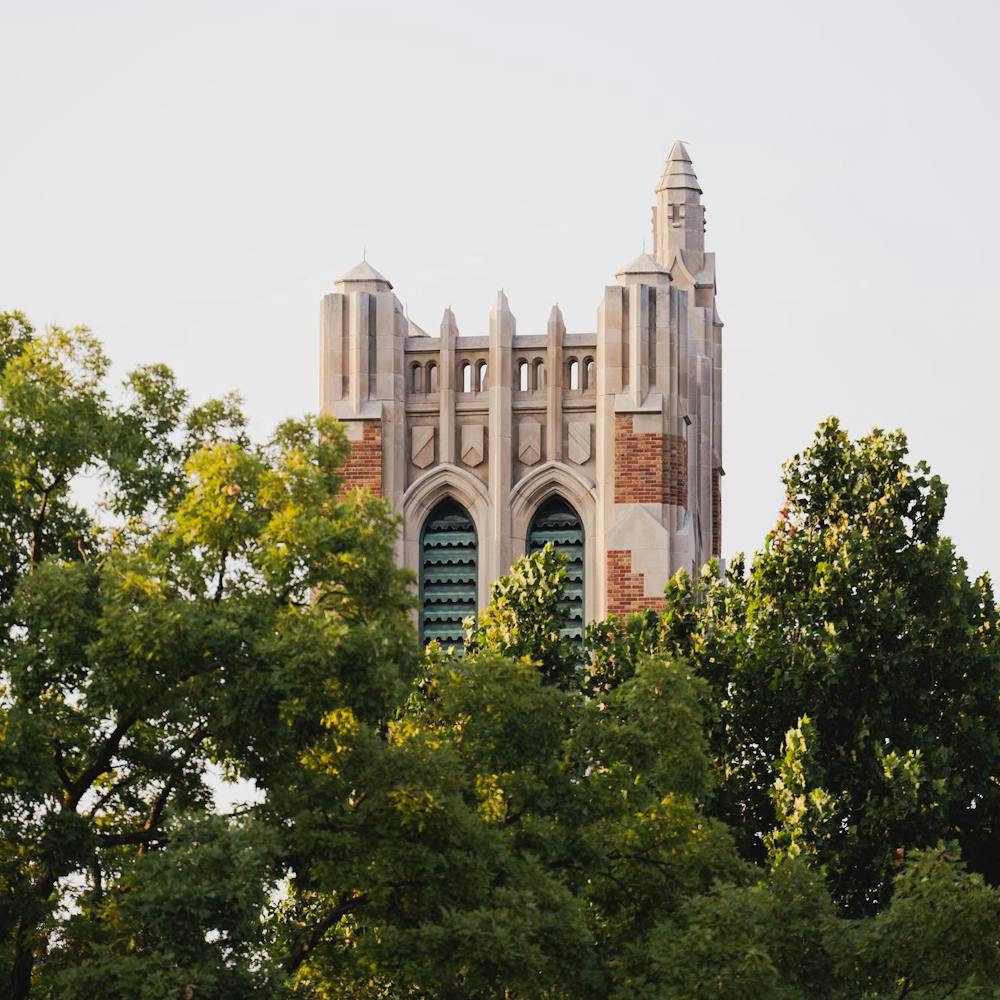Beautiful outdoor walkways, water-collection gardens and natural lighting might become staples of the city’s buildings if legislation passes in East Lansing City Council this week to create a Green Building Policy.
The resolution to adopt the city’s Green Building Policy would require new businesses that receive funding from economic development programs to meet Leadership in Energy and Environmental Design (LEED) certification.
Buildings that are LEED certified have features that make them environmentally friendly and promote the health of employees and tenants,
said Dave Smith, an environmental specialist for East Lansing.
“The benefits for tenants are a better-quality work environment, and energy efficiency means the long-term costs of tenants would be less,” Smith said.
The amount of financing the project receives from development programs, such as Brownfield redevelopments or Tax Increment Financing, would determine the level of LEED certification the building must meet.
City officials said the policy would be applied only to buildings with site plans that haven’t yet been approved.
The trouble with going back and forcing existing buildings to comply is that people will get turned off to the process, said Tim Schmitt, a community development analyst for the city.
Schmitt said the East Village project would be a potential flagship candidate for the LEED certification rules.
“That’s kind of a poster child for this,” he said.
The MSU Federal Credit Union Headquarters, 3777 West Road, celebrated its grand opening in September and is in the process of becoming LEED certified, said Joyce Banish, vice president of university and community public relations for the credit union.
If it receives certification, it will be the city’s only LEED-certified building, city officials said.
To promote employee and environmental health, the building features natural lighting, water-collection gardens, bicycle stands, a fitness center and low-flow shower heads, Banish said.
“There’s also the special grass developed by MSU that manages less water,” Banish said.
“We’ve decreased water use by 40 percent.”
Banish said the credit union is expected to achieve at least a silver LEED certification level, which is the third-highest level. The lowest level is certified, while gold and platinum are the two highest levels of LEED certification. Points are attained from several categories, ranging from water efficiency to indoor environmental quality.
“(The features) improve productivity and employee morale, and reduce absenteeism,” Banish said.
Banish said the cost of the extra features amounts to 10 to 15 percent of the total budget to build the credit union, but the building’s increased efficiency will cut expenses, allowing the extra building costs to pay for themselves.
Schmitt said LEED upgrades generally only account for zero to 2 percent of the total budget for certified or silver certification.
If the legislation is passed, East Lansing will become the first city in the state to tie economic incentives to green construction, Councilmember Nathan Triplett said.
“There’s a strong environmental and business case,” Triplett said.
Support student media!
Please consider donating to The State News and help fund the future of journalism.
The business case, Smith said, could come in the form of future development spurred by the city’s emphasis on environmental awareness.
“It also helps attract development to the city because it shows a commitment to green buildings,” Smith said.
Discussion
Share and discuss “New policy would reward E.L. buildings that go green” on social media.






